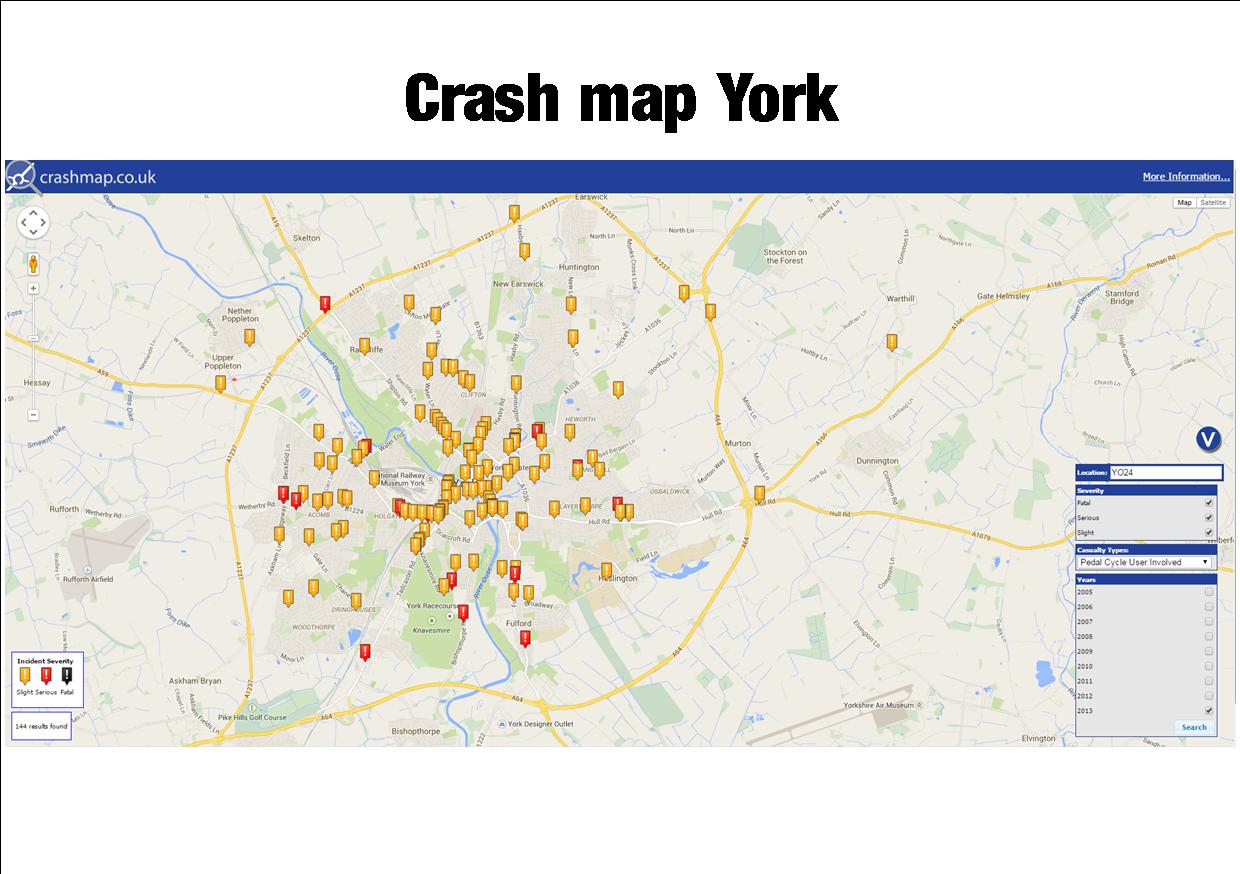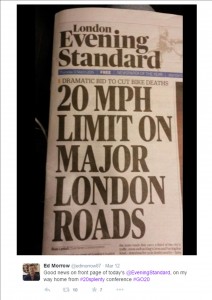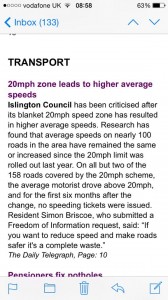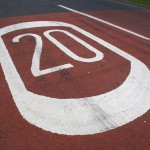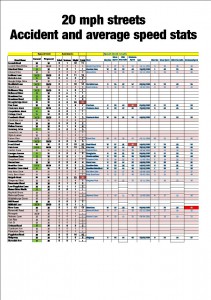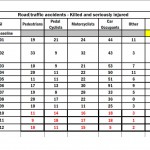In response to a Freedom of Information request, the York Council has published updated figures indicating the effect that the revised 20 mph speed limits have had on average vehicle speeds and accident levels.
The figures reveal that the new limits have had little or no effect on average vehicle speeds while some accident levels have actually risen.
The data updates that published in March 2015 which showed similar results.
The data covers the 20 mph wide area limit in western York implemented in 2013/14. The project cost £600,000 to implement and was widely criticised for failing to recognise that such limits were unenforceable and, in any event, would have a negligible effect on accident levels.
Opponents wanted the money spent directly on safety improvements at accident black spots.
On some 20 mph roads such as Alness Drive the maximum speed recorded this year has been as much as 68mph – well above levels seen before the speed limit change
Overall there has been a reduction of only 1.3 mph in mean speeds.
Accident levels in the area have increased from 62 recorded in 2012 to 78 in 2015
On a related issue, North Yorkshire police are to be asked to justify their decision to increase the number of mobile speed enforcement cameras vans to six.
The Police responded to an FOI inquiry indicting that they only held information relating to the total number of offences which had been recorded when a van visited a particular location. This information had been published on their web site for couple of years now.
The police also publish how they they are dealing with specific speeding complaints raised by members of the public (although there is a backlog). click here
However, it doesn’t provide a measure of how effective the vans have been in controlling vehicle speeds or in reducing the number of accidents on the roads being monitored.
The number of drivers exceeding the prevailing speed limit is only a crude reflection of the “success” of the cameras. Changes in offender numbers may simply reflected changes in traffic volumes.
Against a background of increasing numbers of road casualty’s, residents need to be convinced that roads are now safer as a result of police investment.
A further request for the information is now being drafted.
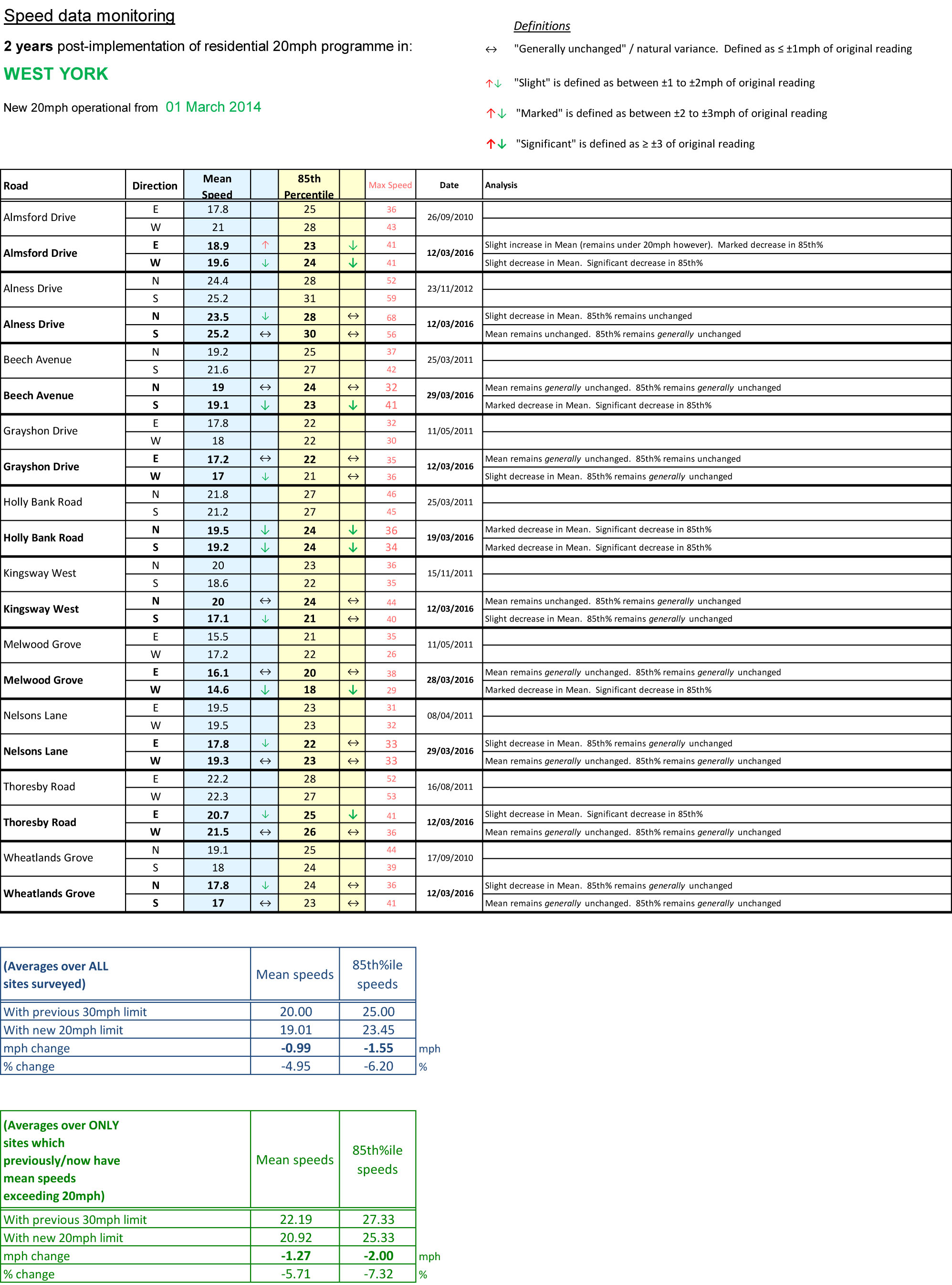
Comparative vehicle speeds in west York pre and post 20 mph limit change
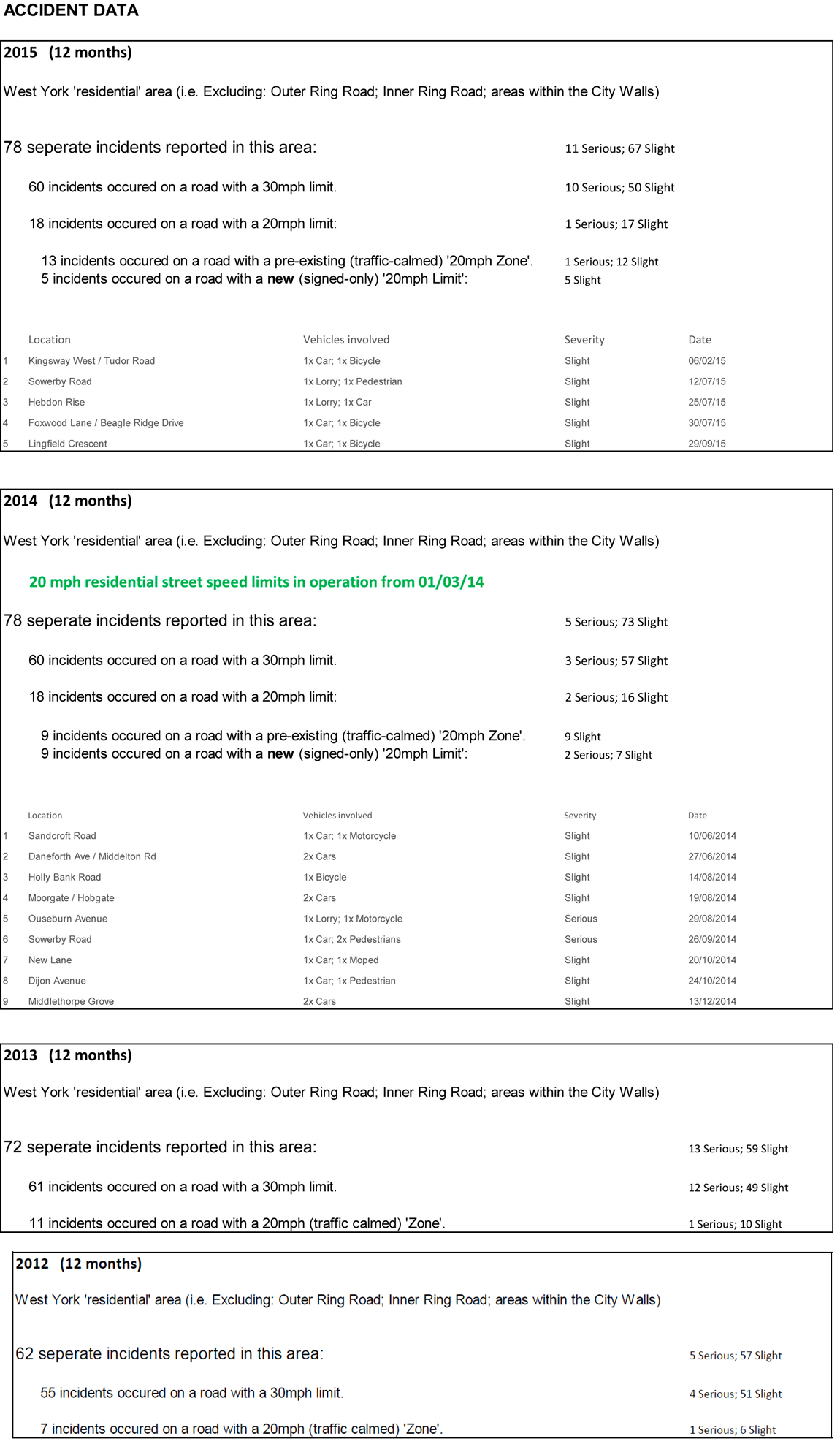
Road accident trends in west York

